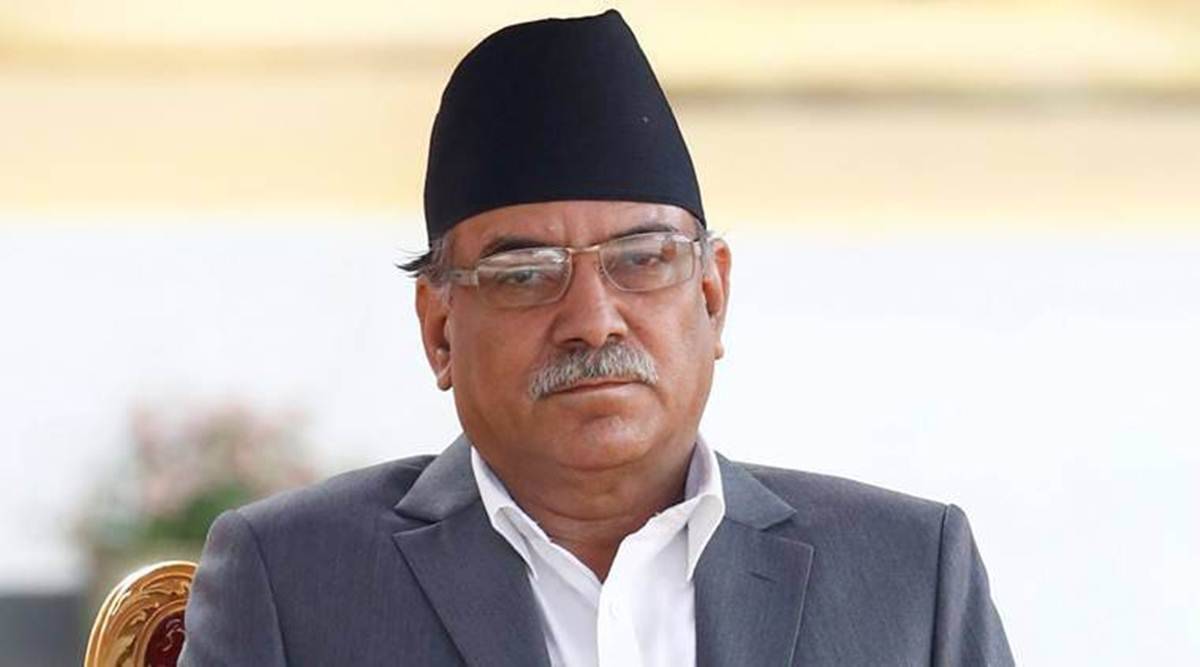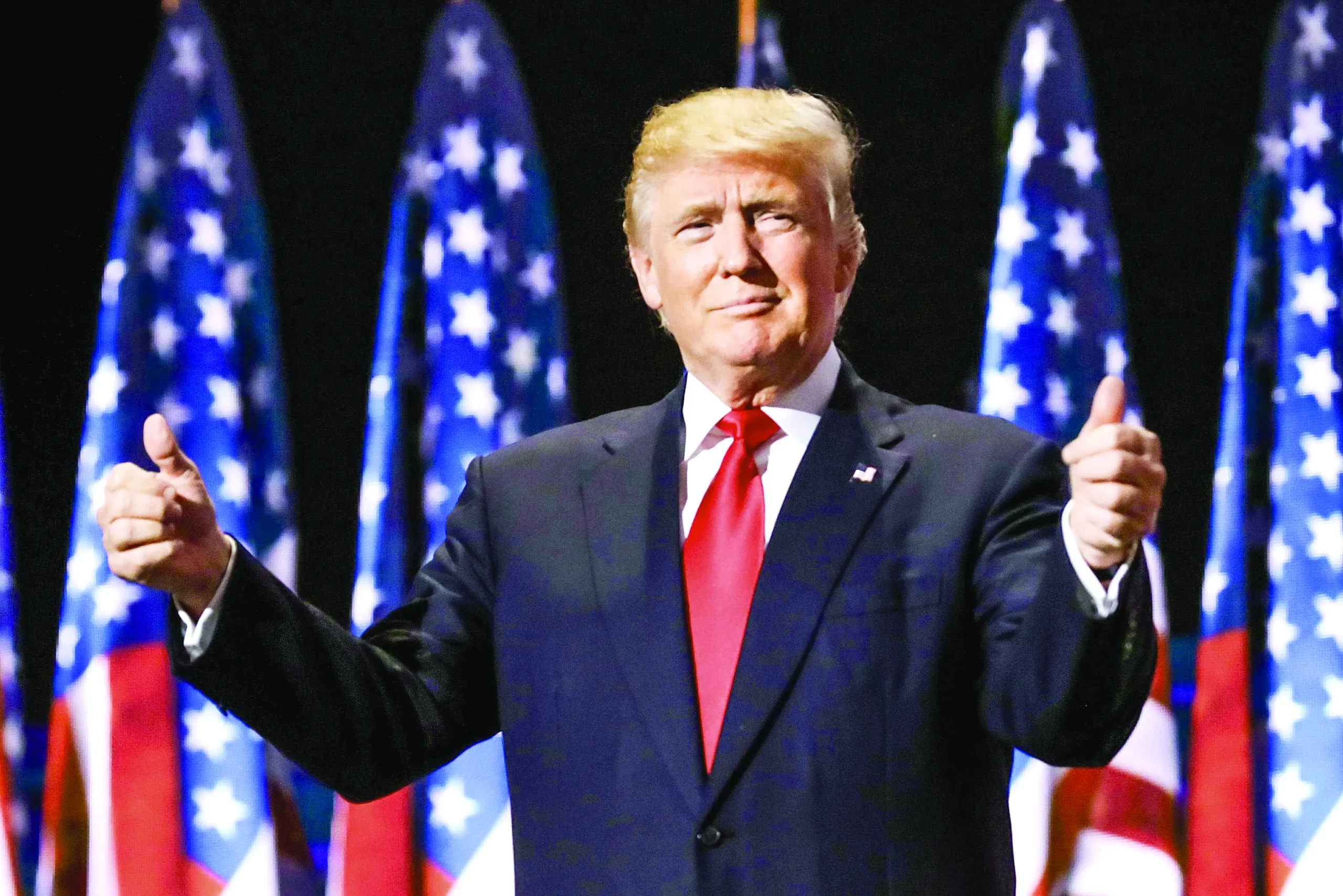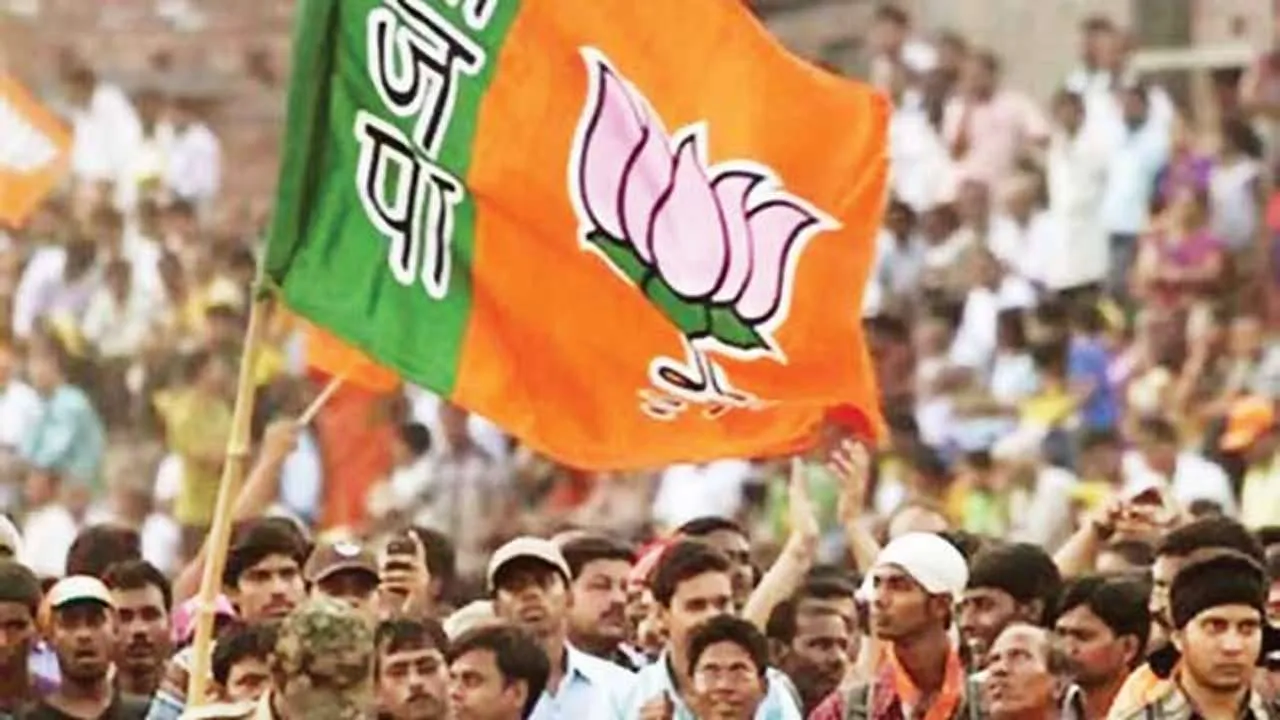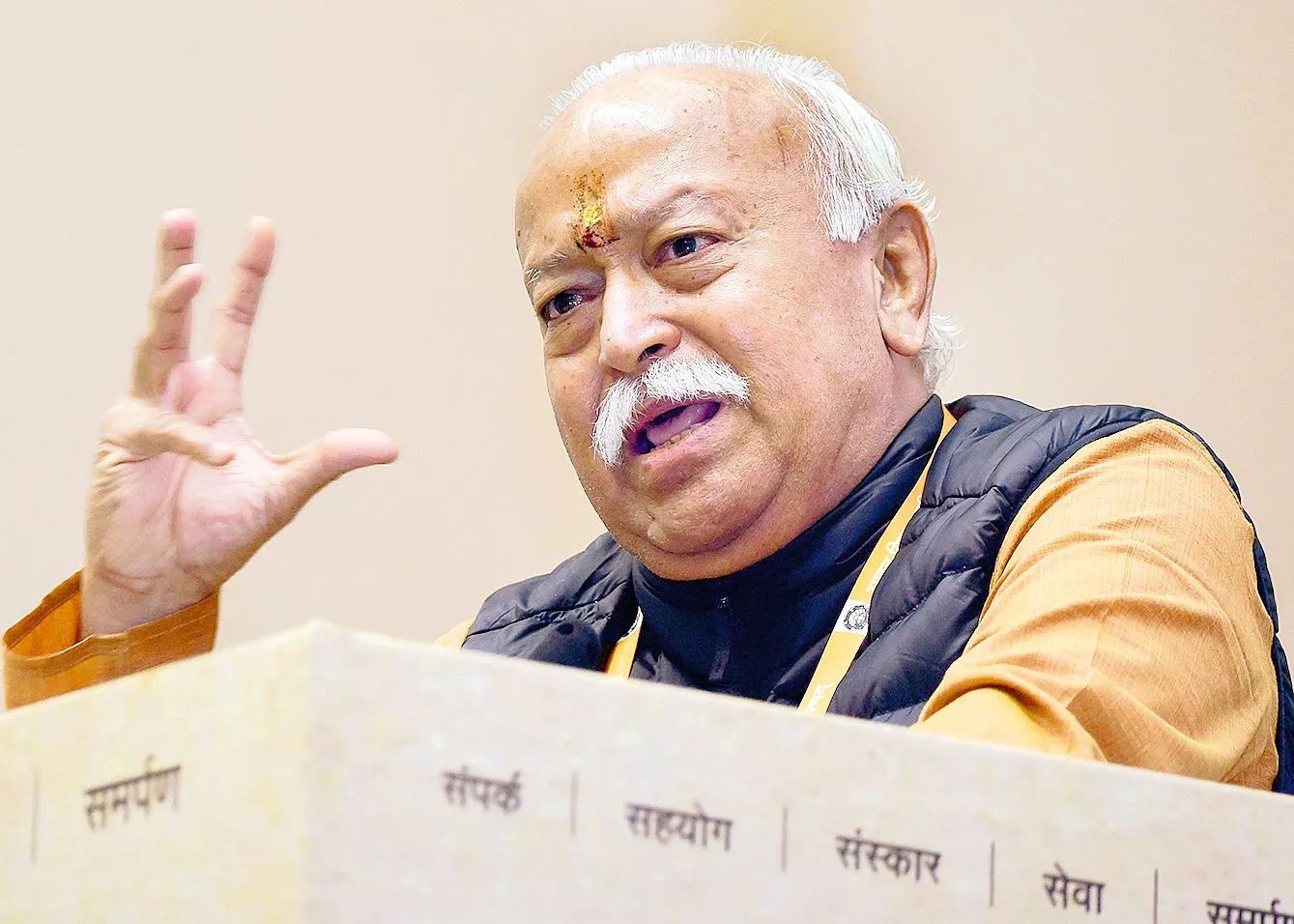Tellingly, the return of Prachanda as Prime Minister of Nepal for the third time after his defection from the Nepali Congressled alliance to the K.P. Oli led Communist Party of Nepal (Unified Marxist Leninist) suggests the return of Chinese interference in Nepalese politics to the detriment of regional security of South Asia. Nepal, being a yam between two boulders, has neither been able to craft an independent foreign policy, nor escape the geopolitical maneuvering of the two neighbouring giants, India and China. Arguably, more than the alleged India’s big brother approach, it is Nepal’s small country syndrome that is accountable for its proChina and anti-India tilt.
A small country is generally vulnerable to the pressures of external forces. In Nepal’s case, the vulnerability is accentuated due to its geographical location sandwiched between the two big powers. However, it shares a special relation with India owing to the favourable terrain conditions with plain lands on the Indian side and inaccessible mountainous terrain on the Chinese side. This has not only allowed a seamless regional interaction to develop over centuries but more importantly made Nepal an integral part of the Indic civilizational sphere. In the postWar era, under the influence of Nehruvian foreign policy, it emerged primarily as a buffer against the Communist China. The Indo-Nepal 1950 Treaty was, thus, the outcome of the changed security situation in the Himalayan region.
A unique feature of the Indo-Nepal treaty has been the provision of an open border which is a rarity in international politics among sovereign nations. And due to this feature, Nepalese citizens in great numbers stay in India, work in the government sector and serve in the Indian Army. But this has also created Nepal’s dependency on India. This predicament, however, changed with the emergence of a globalized world that led to the ‘end of geography’ and more significantly, the rise of China which injected a geopolitical criticality to the South Asian region.
It may be noted that even in the historical past Nepal could not escape the influence of Chinese imperial power. The last Chinese imperial dynasty, the Qing in fact, claimed Nepal as a tribute paying country; although Nepal refutes such a status. Not much has changed since then, however. Akin to the tributary system, China has crafted the Belt and Road Initiative in 2013 to spread its geoeconomic tentacles and absorb Nepal into its orbit. Apparently, as a small power Nepal’s diplomatic and military weaknesses have made it a pawn rather than a player in great power game. Plus, its foreign policy has increasingly been subject to domestic political exigencies. As such, there is a perennial insecurity among the leadership regarding the survival of the government amidst internal power competition. This dilemma of survival feeds into the legitimacy crisis. To remain legitimate, most leaders tend to lean on one big power or the other. Thus, the National Congress draws its sustainability by leaning towards India and the West while the Communist parties tilt towards their ideological brethren, China.
Notably, Nepal professes to act as a bridge between India and China. But its internal dissensions and power politics have largely prevented it to play such a role. Rather, since the time Royal Nepal was transformed into a People’s Nepal in the aftermath of the Maoist victory in 2008, it has progressively come under the growing influence of China. And today, under Xi Jinping’s signature Belt and Road Initiative, Nepal has literally transformed into a new Chinese periphery serving Chinese interests. In May 2017, it was in fact, under Prachanda’s leadership that a Memorandum of Understanding (MoU) was signed on BRI but it was queerly kept under wraps till 2022. Further in 2019, under the leadership of K.P. Oli, Nepal proposed nine projects to be pursued under the BRI, including the ambitious 72 km rail link between Kerung in Tibet and Nepal’s capital. And to expedite the projects, Xi Jinping visited Nepal in October 2019 which marked a first visit by the Chinese President since Jiang Zemin in 1996. His visit specifically saw Kathmandu signing a transit protocol with Beijing that was meant to reduce Nepal’s dependence on Indian ports.
But under Sher Bahadur Deuba’s government, which took the reins of Nepal in July 2021, Kathmandu dragged its heels over the BRI projects. It raised three major concerns with China. First, it preferred to opt for grants instead of loans. Second, it called for the interest rate and repayment in accordance with the multilateral funding bodies that of the World Bank and Asian Development Bank. And third, it wanted the BRI projects to be open for competitive biddings. Apparently, Deuba’s perspectives gelled with India’s and the US’ foreign policy positions. And China came to see this as growing US footprints in Nepal. In February 2022, Nepal thus, accepted the US $500 million American Millennium Challenge Corporation grant, which was to finance Nepal’s vital road networks and electricity transmission lines. This also meant overruling Chinese objections and granting two mega hydroelectricity projects–West Seti and Seti Water–to the US. Now with the return of Prachanda, there is a brewing apprehension about the future of these projects. While no sooner the Nepal polls ended than the Chinese foreign ministry announced its intention to work with the new government on BRI projects. In all likelihood, the earlier concerns regarding the debt trap issue associated with BRI will be put in the back burner. Also, the concerns regarding China’s land grab will be relegated. It may be noted that Beijing had encroached on 36 hectares of Nepalese land at ten locations along the northern border, which is roughly the size of 26 football fields. Yet there is not much protest from the Nepalese side except some feeble noises made by the Ministry of Agriculture when it found that the Nepalese farmers were facing restrictions on livestock grazing. With Prachanda becoming the PM, much of the bitterness that characterized its relations with India is likely to be back. The greatest concern for India is the passage of a new map by the Nepal Parliament under Oli’s leadership in 2020 showing the three disputed areas of Lipulekh pass, Kalapani and Limpiyadhura as Nepalese territories. The Lipulekh Pass is of greatest strategic concern as it links India with the Tibet region of China. New Delhi believes that the current territorial assertions by Nepal is due to the Chinese backing. In 2020, the Indian Army Chief, General MM Naravane publicly said that Nepal “might have raised this problem at the behest of someone else, which clearly referred to the alleged Chinese interference in Nepal. Clearly, Nepal is caught in the middle of the India-China great power rivalry. Its small country stature has precluded Nepal from either crafting a stable foreign policy or rising above internal political bickering to pursue a policy of equidistance with the two Asian giants. Instead, its internal dissensions have allowed the regional giants to jostle for power and influence in Nepal. The current Prachanda-Oli alliance has clearly created an ideal opportunity for China to interfere in Nepalese politics and reinforce its BRI projects, all at the cost of Nepal’s development and regional peace and stability.
Abanti Bhattacharya is a professor in the Department of East Asian Studies, University of Delhi.























